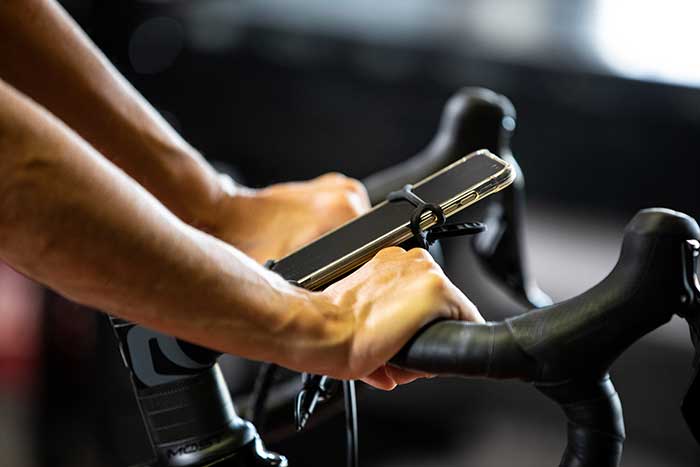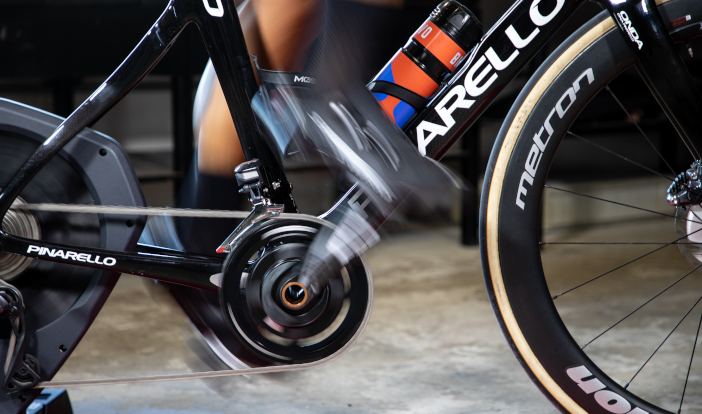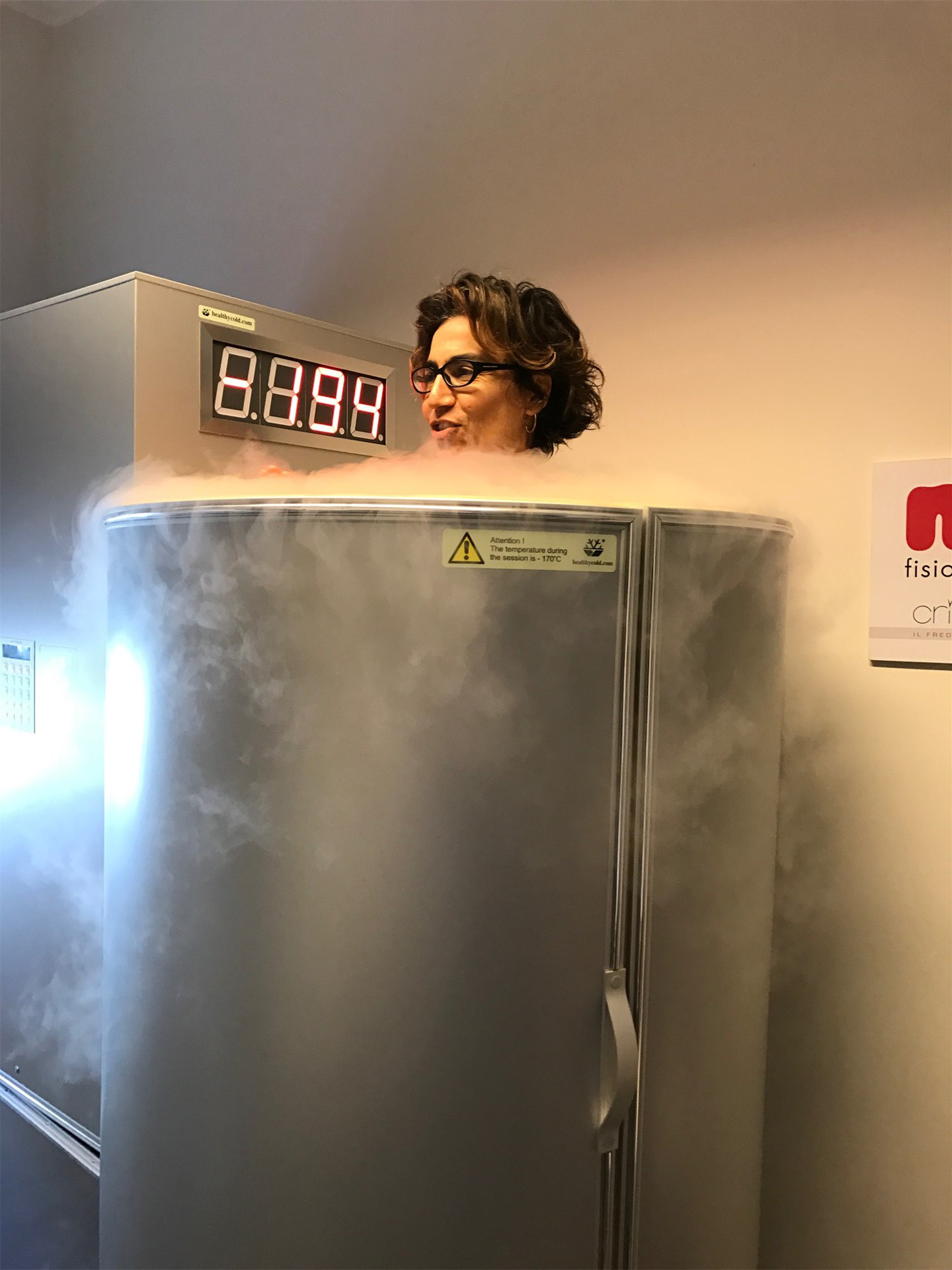Whole Body Cryotherapy has been shown to improve the efficiency of the body, helping to obtain better performance in professional and amateur sports.
We introduced cryotherapy in a previous article on this blog; today we will delve further into this subject and consider the results of several studies on cryotherapy.
More and more athletes of various disciplines are undergoing Whole Body Cryotherapy to recover quicker after an intense workout (and thus to enhance performance) and to undergo an innovative therapeutic treatment for traumatic injuries. There is extensive scientific evidence the positive effect exposure to extreme cold, as during Whole Body Cryotherapy, has on the recovery of athletes after an intense workout.
Pournot carried out a randomized study on runners. He demonstrated a significant decrease in the inflammatory response and an anti-inflammatory protective effect in athletes undergoing cryotherapy after a long-distance workout. (Pournot, PlosOne, 2011).
Ziemann demonstrated a significant decrease in the levels of pro-inflammatory cytokines in professional tennis players after undergoing two daily sessions of whole body cryotherapy for 5 consecutive days, and a subjective improvement in their psychophysical state. (Ziemann, J Athl Training 2012).
Whole Body Cryotherapy has been demonstrated to be effective in diminishing soreness after eccentric exercise. This is a common condition in both professional and amateur athletes in a wide variety of sports. Soreness can present itself several hours after an intense workout (DOMS, delayed onset of muscle soreness) and can slow down the psycho-athletic recovery of an individual. It can cause severe discomfort when the athlete is subjected to periods of intense training where workouts are scheduled close together. This common painful condition falls in the broader clinical picture of EIMD (Exercise-Induced Muscle Damage). EIMD is characterized by a heightened inflammatory response, an increase of proteins in the blood and a decrease of joint mobility.
Banfi has demonstrated a noticeable decrease in CK, LDH, and sICAM in power athletes after being exposed for 5 days to Whole Body Cryotherapy. They also presented less post-exercise muscle stress symptoms. (Banfi J Therm Biol, 2009).
Kruger recently carried out a study of the effects of exposure to extreme cold of 11 well-trained athletes, after a period of training focusing on phases of high and moderate intensity. He demonstrated a positive effect on athletic recovery, decreased muscular stress symptoms and an improvement of the performance after treatment in a cryosauna. (Kruger, Int J Sports Phys and Perform, 2015).
Ferreira-Junior evaluated the eccentric strength of the quadriceps, using isokinetic dynamometers, in 10 athletes who had used cryosaunas between their two daily high intensity workouts. These athletes showed a positive effect on post-exercise stress symptoms and improved levels of eccentric strength of the quadriceps, compared to a group of athletes not subjected to cryosauna treatment. (Ferreira Jr. Int J Sports Med, 2014).
Summarizing, treatment with Whole Body Cryotherapy can be carried out before a training session or during recovery. It does not diminish the muscular performance, but rather increases eccentric strength levels. Another important effect of Whole Body Cryotherapy is an improvement in the quality of sleep, especially during periods of intense training, as numerous scientific studies have shown.

Gianluca Melegati
You might also be interested in



